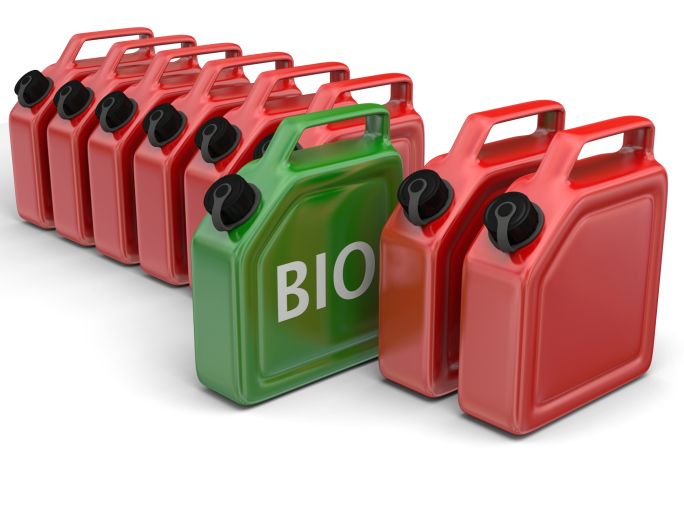
In a brief statement on Friday the EPA said:
Finalization of the 2014 standards rule has been significantly delayed. Due to this delay, and given ongoing consideration of the issues presented by the commenters, EPA is not in a position to finalize the 2014 RFS standards rule before the end of the year. Accordingly, we intend to take action on the 2014 standards rule in 2015 prior to or in conjunction with action on the 2015 standards rule.
In 2007 Congress mandated very aggressive advanced renewable fuels blending requirements for the country’s motor fuel supply. For example, Congress called for 100 million gallons of cellulosic ethanol by 2009, 250 million gallons by 2010, and 500 million gallons by 2013. By 2022, US transportation fuel is supposed to include 16 billion gallons of cellulosic ethanol. In 2012, exactly zero gallons of cellulosic ethanol were blended with the nation’s fuel supply, and the most heavily promoted of the cellulosic fuel makers, KiOR Corp. has filed for bankruptcy protection.
The U.S. economy was rocking along In 2007 and, a few doomsayers aside, looked like it would continue rocking indefinitely. We all know what happened next.
One of the side effects of the Great Recession is that U.S. drivers now drive less and use less fuel. The 2007 law anticipated continued growth in demand and the requirement for renewable fuels was supposed to rise every year to help reduce U.S. reliance on imported oil, help fight global warming, and boost the rural economy by requiring that renewable fuels (primarily corn ethanol) be blended with gasoline.
Fuel economy improvements in new cars have also lowered the demand for ethanol and gasoline. New cars now go more than 6 miles per gallon further than they did in 2007. And with some 16 million new cars on the road every year, this makes a big difference in demand for auto fuel.
What has happened this year is that renewable fuels supporters want the mandated blend enforced at the originally planned 2014 level of 18.15 billion gallons of ethanol. The EPA had proposed a new level of 15 to 15.52 billion gallons to reflect the fact that the total amount of motor fuel estimated in 2007 to be needed in 2014 was too high. That meant that refiners and blenders hit what became known as the “blend wall,” a point where adding 10% ethanol to the nation’s gasoline did not meet mandated blending levels.
Oil refiners and their professional associations and lobbyists are threatening to sue the EPA for delaying the 2014 into next year. Biofuels makers are more or less pleased with the delay because they believe it shows that the EPA understands that if the mandates are cut, then investment and development in biofuels will be cut back.
And about gasoline pump prices. Renewable energy credits called RINs which traded at a few cents apiece at the beginning of 2013 soared to more than $1.00 when the EPA proposed its blending requirements for the year. The RINs have been trading at around $0.55 apiece but fell to below $0.50 after Friday’s announcement. The delay and the decline in RIN prices will add to the downward pressure on pump prices.
ALSO READ:
Thank you for reading! Have some feedback for us?
Contact the 24/7 Wall St. editorial team.




